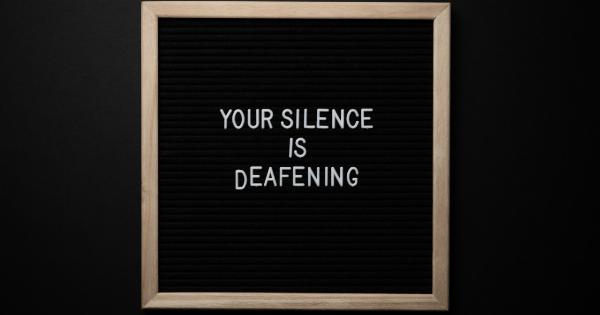Wearing masks has become an essential part of our lives in the current global scenario. From protecting ourselves and others from the transmission of airborne diseases to complying with government regulations, masks have become a survival essential.
However, for some individuals, wearing a mask can pose challenges, especially when it comes to breathing comfortably. In this article, we will discuss various tips and strategies to help you breathe easier while wearing a mask.
1. Choose the Right Mask
Choosing the right mask is crucial for both comfort and breathability. Look for masks that are made of breathable materials like cotton or a blend of cotton and polyester.
Ensure that the mask fits you properly, providing enough coverage without being too tight or restrictive.
2. Practice Deep Breathing
Deep breathing exercises can help strengthen your lungs and improve your respiratory capacity, making it easier to breathe while wearing a mask.
Take a deep breath in through your nose, allowing your abdomen to expand, and then exhale slowly through your mouth. Practice these exercises regularly to enhance your breathing efficiency.
3. Take Regular Breaks
If you find it challenging to breathe while wearing a mask for extended periods, make sure to take regular breaks. Find a safe space where you can remove your mask for a few minutes, allowing yourself to breathe freely and catch your breath.
Remember to maintain social distancing guidelines while doing so.
4. Stay Hydrated
Staying hydrated throughout the day can help improve your breathing. When your body is properly hydrated, it supports the production of thin, watery mucus in your nasal passages and lungs, promoting easier breathing.
Make it a habit to drink enough water and avoid excessive intake of dehydrating substances like caffeine or alcohol.
5. Use Nasal Strips
Nasal strips, often used to alleviate snoring, can assist in opening up your nasal passages and improving airflow.
Placing a nasal strip across the bridge of your nose before wearing your mask can help reduce the feeling of breathlessness and enhance overall comfort.
6. Maintain Good Posture
Your posture plays a significant role in your breathing. Slouching or hunching over can compress your lungs, making it more difficult to breathe. Practice good posture by sitting or standing upright, with your shoulders back and your chest open.
This allows your lungs to expand fully, facilitating better airflow.
7. Adjust Your Mask
If you feel like your mask is constricting your breathing, try adjusting it slightly to improve airflow. Ensure that the mask covers your nose and mouth adequately, but avoid tightening the straps too much.
A properly fitting mask should feel snug but not overly restrictive.
8. Breathing Technique – “Nose-Mouth” Breathing
Instead of breathing only through your mouth while wearing a mask, try to adopt a “nose-mouth” breathing technique. Breathing through your nose filters, warms, and humidifies the air, making it easier on your respiratory system.
This technique can help make wearing a mask more comfortable and reduce the sensation of breathlessness.
9. Practice Mindful Breathing
Mindful breathing involves focusing your attention on your breath and being fully present in the moment. When wearing a mask, practicing mindful breathing can help you relax, reduces anxiety, and improve your breathing.
Take slow, deep breaths, and consciously become aware of the sensation of air flowing in and out of your body.
10. Consult a Healthcare Professional
If you consistently struggle with breathing while wearing a mask, it’s essential to consult a healthcare professional.
They can evaluate your respiratory health and provide personalized recommendations to help you breathe easier while still ensuring your safety and the safety of those around you.
Conclusion
Wearing a mask is crucial for the prevention of various airborne diseases, but it doesn’t have to be a source of discomfort or difficulty in breathing.
By choosing the right mask, practicing breathing exercises, taking breaks, maintaining good posture, and adopting various strategies discussed in this article, you can make wearing a mask a more manageable and comfortable experience. Remember, it’s essential to prioritize your respiratory health while also ensuring the well-being of others in these challenging times.































